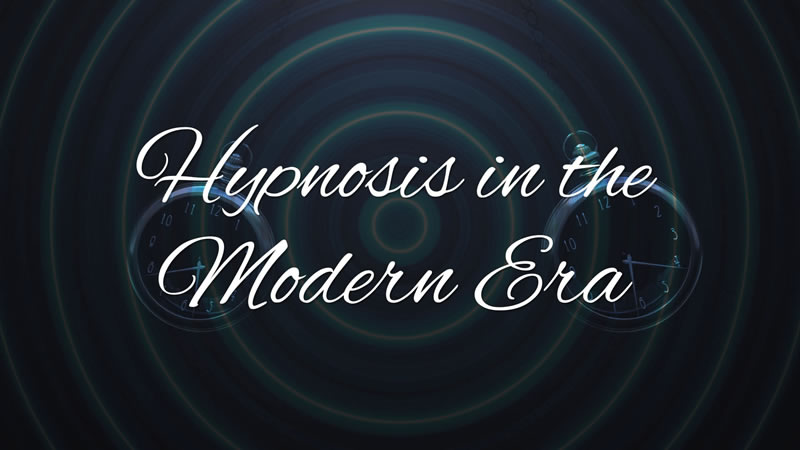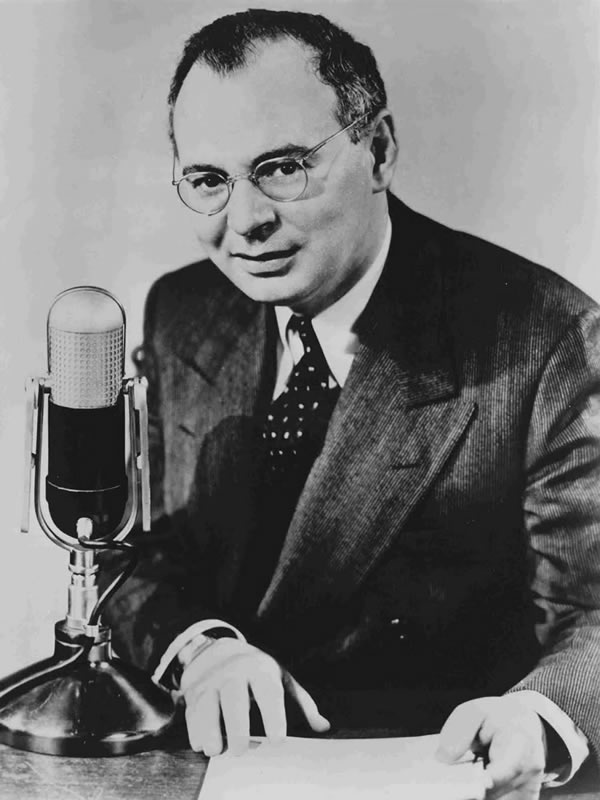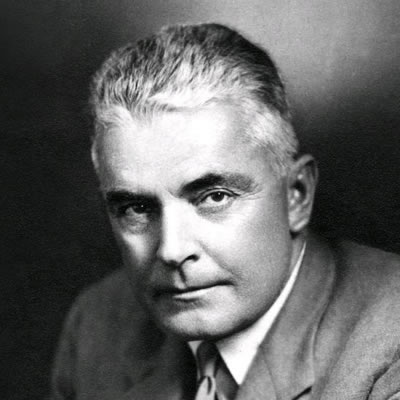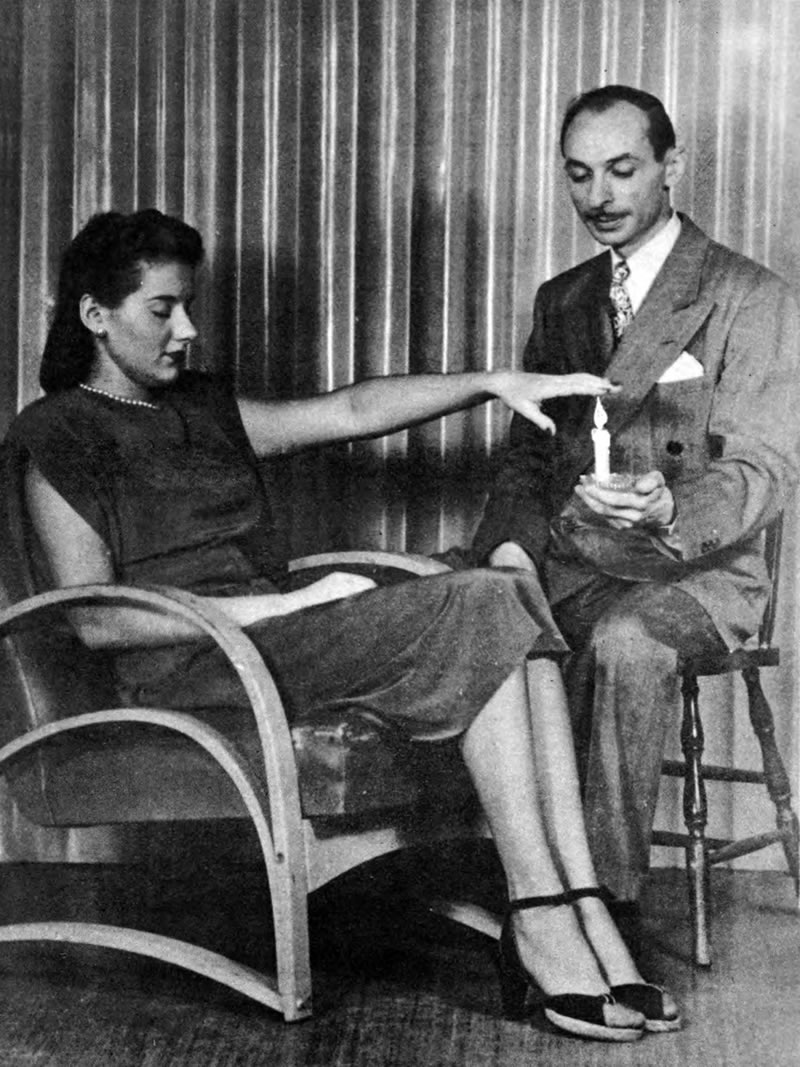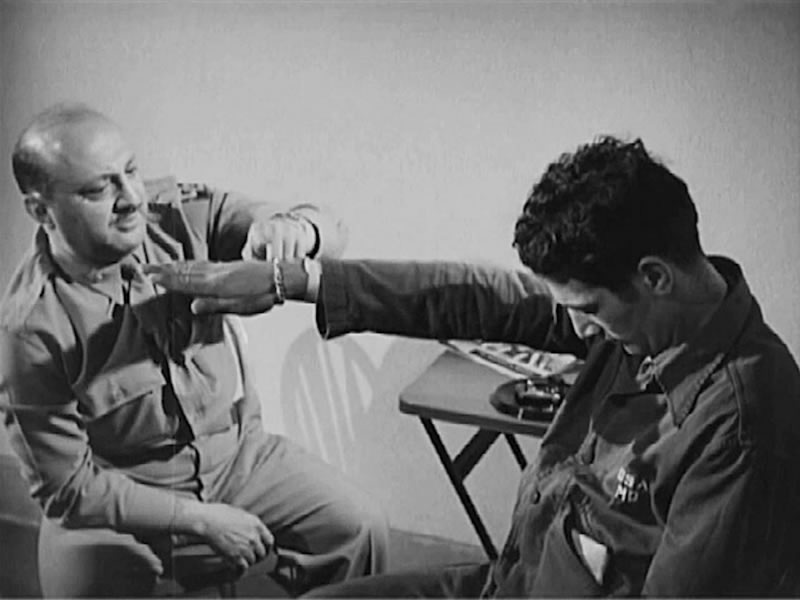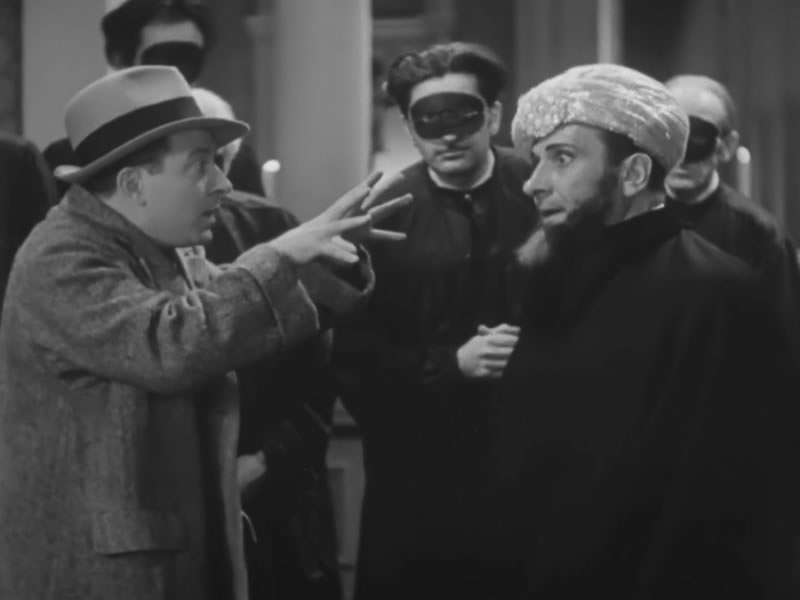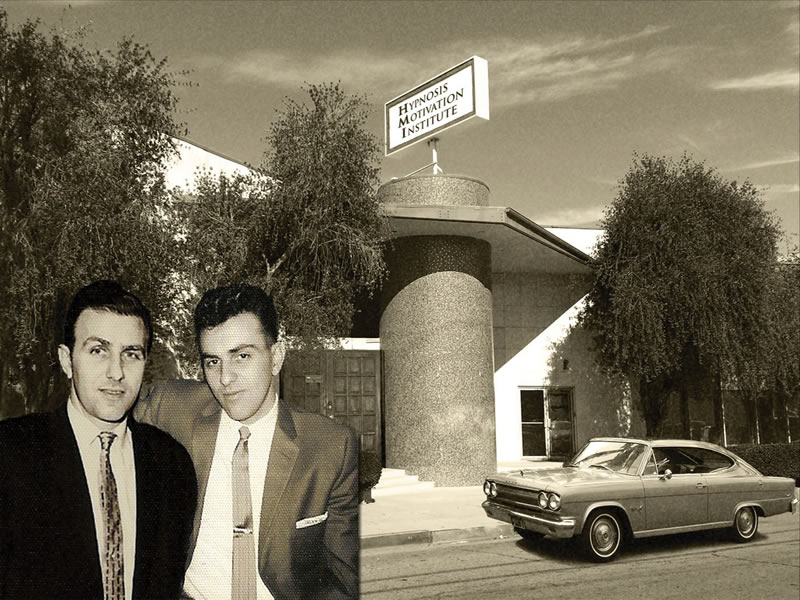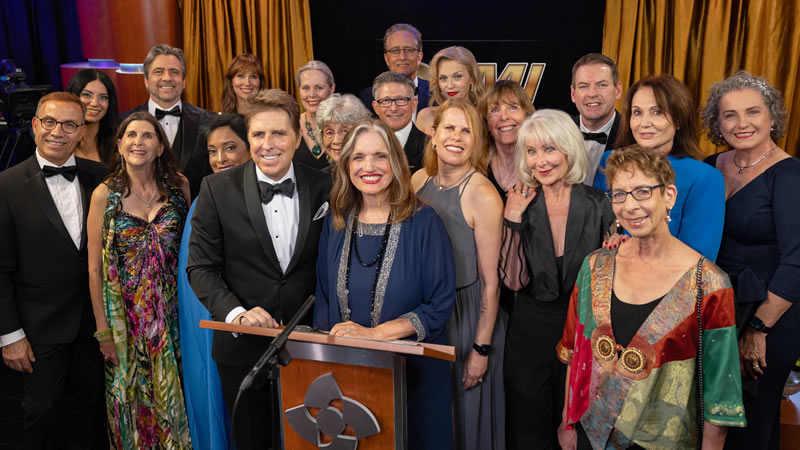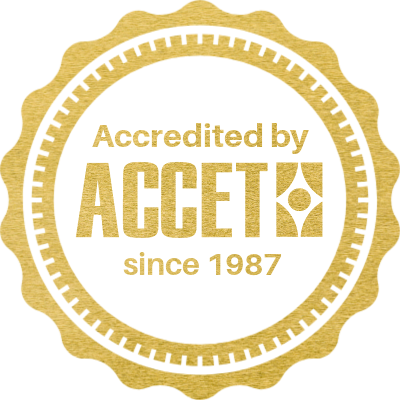1920 – Hypnosis in the Modern Era
Login or Register to watch the video, take the online quiz, and receive your free Hypnosis in History eBook and CEU Certificate.
Once Hypnosis began expanding in the early 20th Century into new areas like self-help and psychology, its growth and research continued in unforeseen directions.
Stage Hypnosis
During the 1920’s, Stage Hypnosis became many people’s first introduction to the practice in vaudeville acts.
One stage performer from this time, Dave Elman, went on to become an influential hypnotherapist later in life and wrote the classic manual “Hypnotherapy.”
It was also during this time that the first large-scale scientific study of Hypnosis was performed at the University of Wisconsin, led by Clark Hull.
His 1933 book based on the findings, “Hypnosis and Suggestibility,” used years of clinical data to help explain exactly what Hypnosis is, and what it can be useful for.
He confirmed over a hundred years of suspicion that Hypnosis was a different state than normal sleep, and that it could not impart extraordinary physical or sensory capabilities, but that it did have a strong ability to reduce the perception of pain and alter memory.
Milton Erickson
One of Hull’s students, in particular, became fascinated with Hypnosis after seeing a classroom demonstration and hearing about his professor’s study.
This eager young student was named Milton Erickson, and he went on to become one of the most well-known hypnotherapists of the 20th Century.
Stricken with polio as a youth, Erickson used a self-taught form of Self-Hypnosis to help overcome the lingering pain and stiffness caused by the disease throughout his life.
Erickson’s unique therapeutic style and techniques have become a popular genre in Hypnosis today, though some aspects remain controversial, such as the use of covert hypnotic inductions and encouraging negative symptoms or relapse.
Abreaction
I touch this hand, my finger will be hot and you will not be able to bear it. We’re going back now, going back to Okinawa. You can talk. You can talk. You can remember… everything.
During the Second World War, hypnotherapy was used for the first time in many American Army hospitals to treat a wide variety of psychological battle trauma, including anxiety, fears, phobia, and dissociation.
The most common technique they used, abreaction, involved taking the client back to the traumatic episode and reliving it to vent it out.
Though unpopular today, the technique was reported to have achieved good results with the wounded soldiers.
Hypnosis as a whole became more widespread and generally accepted moving farther into the 20th Century.
In the past, hypnotism has been associated with hocus pocus, with entertainment, and with quackery. Today, we know it as a valuable means of relieving pain and of learning more about behavior of the subconscious mind. Now in recognition of this, the American Medical Association in 1958, declared the use of hypnotism to be a legitimate tool in the practice of medicine.
The innovation and creativity of Hypnotists of the past led, step by step, to the explosion of new ideas and schools of Hypnosis which appeared around the world in the second half of the 20th Century.
Moving into the 21st Century, media coverage of Hypnosis has moved steadily away from frightening Svengali imagery to a branch of mental health that can be a powerful tool to achieve personal goals.
1968-2025 – Hypnosis Motivation Institute
Significant in this development in the United States is Dr. John and Alex Kappas’ 1968 founding of the Hypnosis Motivation Institute, or HMI, in Los Angeles, California.
And in 1973, Doctor John Kappas went on to also found the Hypnotherapists Union, Local 472 with the American Federation of Labor and become its first president.
Kappas came to be known by the nickname, “The Father of Modern Hypnosis,” when he went on to literally define the profession of Hypnotherapy and make the Hypnotherapist a recognized vocation in the U.S. Federal Dictionary of Occupational Titles.
It was in 1987, under the direction of his son, George Kappas, that HMI became the first College of Hypnotherapy to be Nationally Accredited by an accrediting agency recognized by the U.S. Department of Education. Today, HMI’s Clinical Hypnotherapy Training and Mind-Body Psychology degree is setting the standard for hypnotherapy education.
Abbé Faria or James Braid could not have dreamed of how far the acceptance and recognition of the hypnotherapist would come, let alone the wide range of applications hypnotherapy is commonly used for today.
From its applications to common goals, like quitting smoking, and increasing self-confidence, to a wide array of medical applications and pain management, the efficacy of hypnotherapy is today supported by a mountain of scientific studies by many of the world’s leading universities.
So concludes our hypnotic journey, leaving the next chapters of the story to be written by future generations of hypnotherapists.
My name is John Melton, and thank you for joining us on…
Hypnosis in History!
If you persuade yourself that you can do a certain thing, provided this thing be possible, you will do it, however difficult it may be.
If, on the contrary, you imagine that you cannot do the simplest thing in the world, it is impossible for you to do it, and molehills become for you, unscalable mountains.
Start a New Career – Become a Certified Hypnotherapist
Thank you for joining us for Hypnosis in History. If today’s class sparked your interest in the incredible power of hypnosis, imagine what you could achieve with professional training.
At HMI College of Hypnotherapy, we offer comprehensive one-year and two-year training and internship programs in Clinical Hypnotherapy and Mind-Body Psychology, designed to help you turn your passion into a rewarding career.
Whether you’re looking to deepen your understanding or start a new profession, our nationally accredited training provides the skills, support, and real world experience you need to succeed.
Learn more about our training programs today at…
https://Hypnosis.edu/Training

